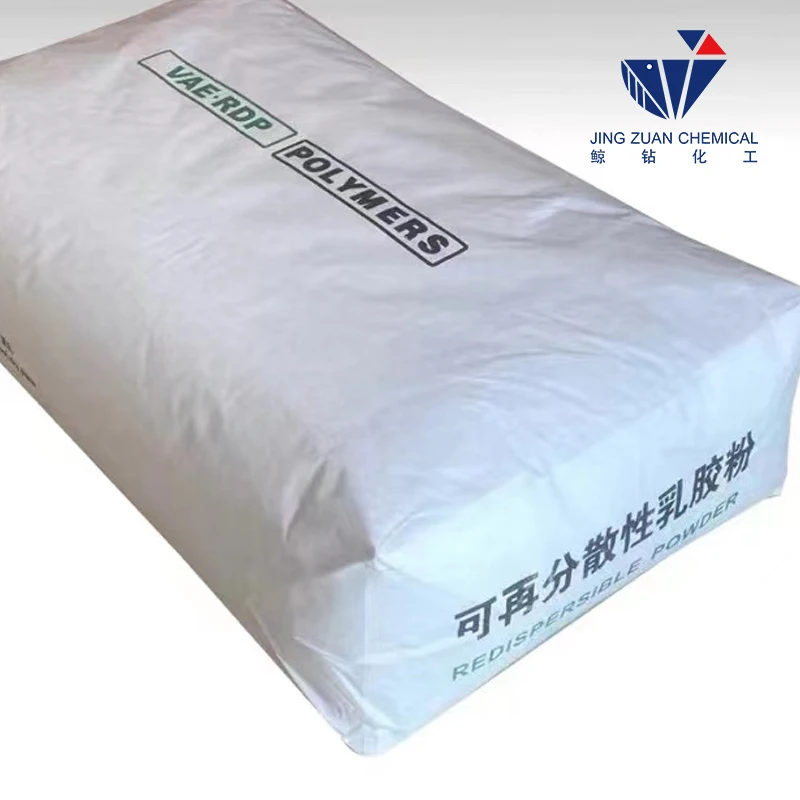
10 сар . 12, 2024 06:01 Back to list
Exploring the Uses and Benefits of Hydroxypropyl Methyl Cellulose in Various Applications
The Versatile World of Hydroxypropyl Methylcellulose An Indispensable Polymer
Hydroxypropyl methylcellulose (HPMC) is a synthesized polymer that has gained widespread recognition across various industries due to its unique properties and versatility. It is a cellulose derivative, a product formed from the modification of natural cellulose, which is a major component of plant cell walls. HPMC exhibits a wide range of applications, primarily attributed to its thickening, binding, and film-forming capabilities.
One of the significant characteristics of HPMC is its ability to dissolve in water at varying temperatures, making it an ideal ingredient in both aqueous and non-aqueous formulations. This solubility allows HPMC to function effectively as a thickening agent in numerous products, including food, cosmetics, pharmaceuticals, and construction materials.
The Versatile World of Hydroxypropyl Methylcellulose An Indispensable Polymer
The cosmetic and personal care sector also leverages HPMC for its thickening and emulsifying properties. In creams, lotions, and gels, HPMC enhances texture and improves the overall user experience. Its film-forming abilities allow for the creation of smooth, long-lasting products that provide a pleasant touch on the skin. Moreover, HPMC is utilized in hair care products such as shampoos and conditioners, where it contributes to improved viscosity and product performance.
hydroxypropyl methyl cellulose

Pharmaceutical formulations greatly benefit from the inclusion of HPMC as well. Due to its biocompatibility and non-toxicity, HPMC is often found in drug delivery systems, ranging from tablets and capsules to gels and suspensions. It functions as an effective binder, ensuring the uniform distribution of active ingredients, while its controlled-release properties allow for the gradual release of medication within the body. Furthermore, HPMC is utilized in ophthalmic solutions, where it acts as a lubricant to relieve dryness and discomfort in the eyes.
In the construction industry, HPMC plays a crucial role as an additive in cement-based products, such as tile adhesives, paints, and plasters. It enhances workability, improves adhesion, and prolongs the open time during installation, allowing for adjustments and corrections without compromising the final product’s quality. The water-retention capabilities of HPMC are vital in preventing premature drying in construction materials, which can lead to cracking and reduced durability.
Environmental considerations are becoming increasingly important in today’s world, and HPMC is emerging as a sustainable option in various applications. As a natural polymer derived from cellulose, it is biodegradable and environmentally friendly, making it an attractive alternative to synthetic chemicals in many formulations.
In conclusion, hydroxypropyl methylcellulose (HPMC) is a multifaceted polymer with a broad spectrum of applications spanning food, cosmetics, pharmaceuticals, and construction. Its unique properties, such as water solubility, thickening, binding, and film-forming capabilities, render it indispensable in the formulation of various products. As industries continue to evolve and seek sustainable solutions, HPMC stands out as a versatile and eco-friendly ingredient, ensuring its relevance in the global market for years to come. The ongoing research and development around this remarkable polymer promise to unveil even more innovative applications, securing HPMC’s place as a key player in multiple sectors.
-
Versatile Hpmc Uses in Different Industries
NewsJun.19,2025
-
Redispersible Powder's Role in Enhancing Durability of Construction Products
NewsJun.19,2025
-
Hydroxyethyl Cellulose Applications Driving Green Industrial Processes
NewsJun.19,2025
-
Exploring Different Redispersible Polymer Powder
NewsJun.19,2025
-
Choosing the Right Mortar Bonding Agent
NewsJun.19,2025
-
Applications and Significance of China Hpmc in Modern Industries
NewsJun.19,2025







